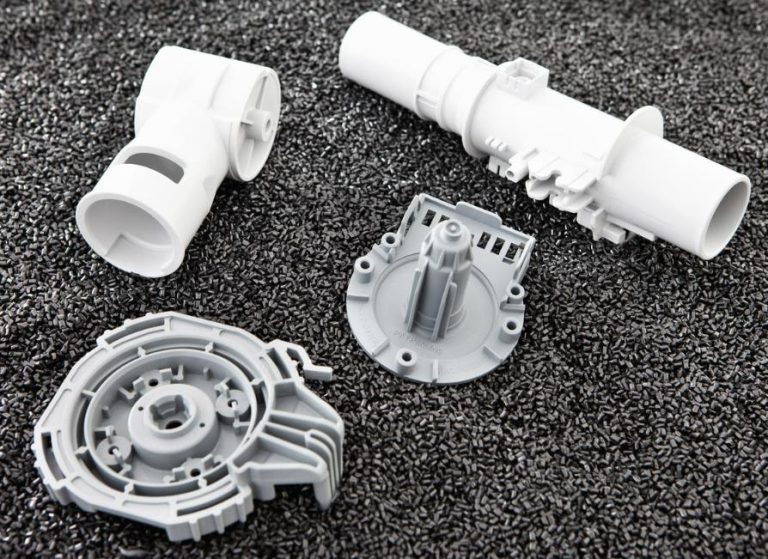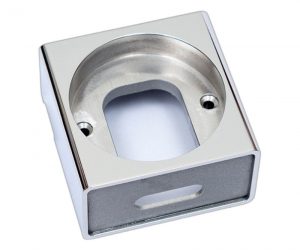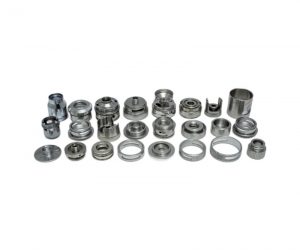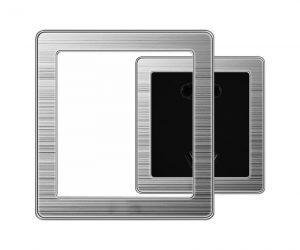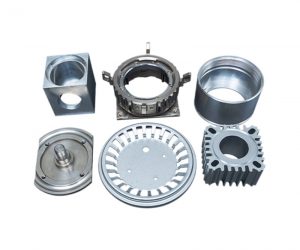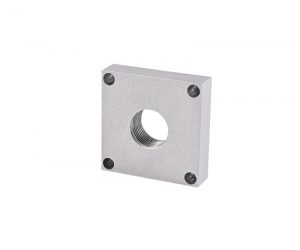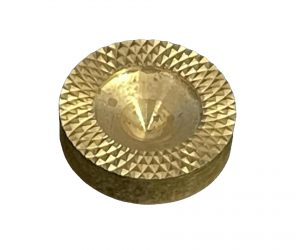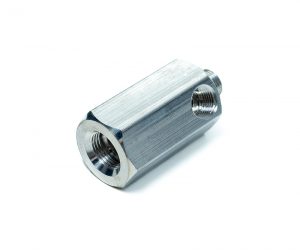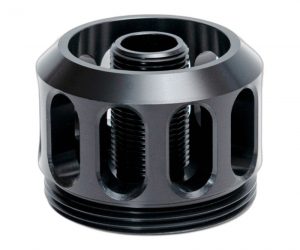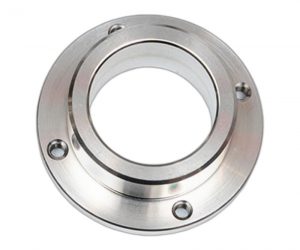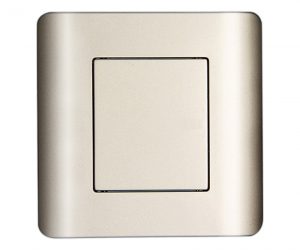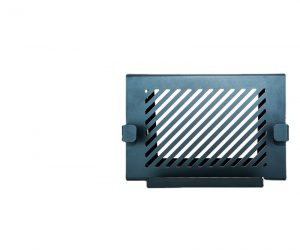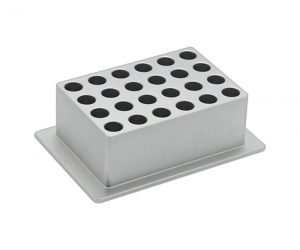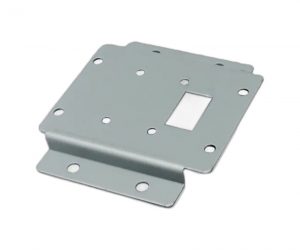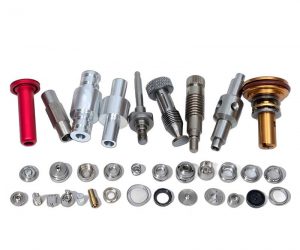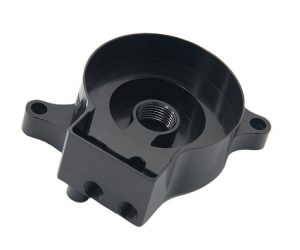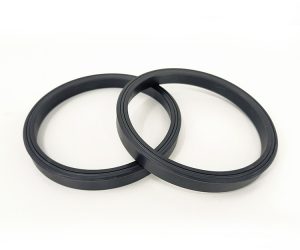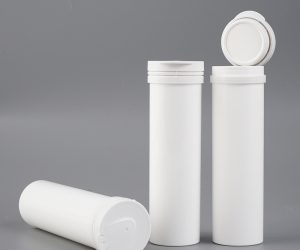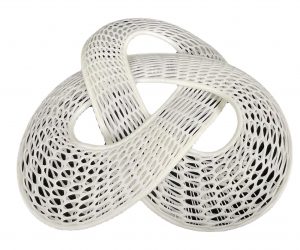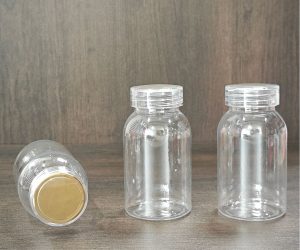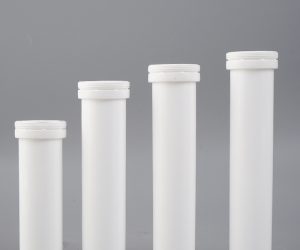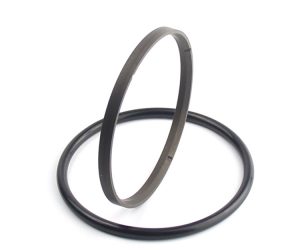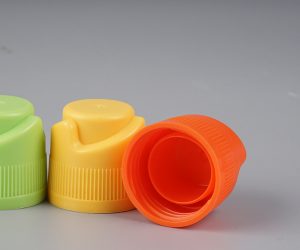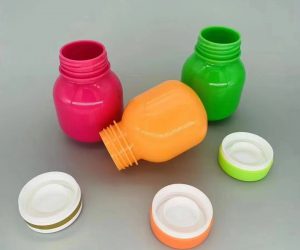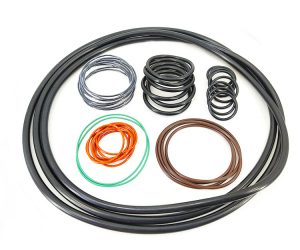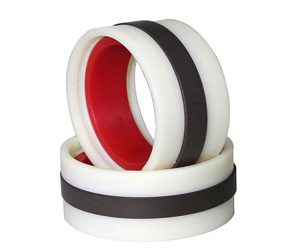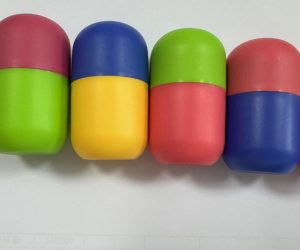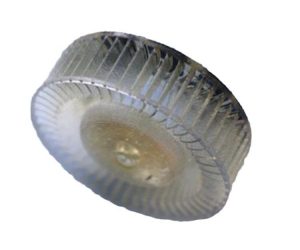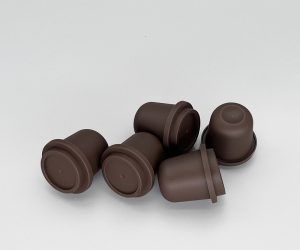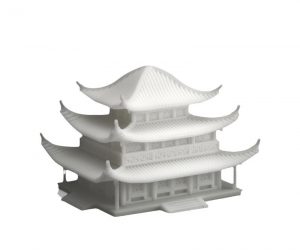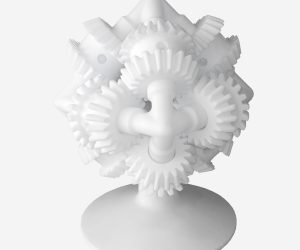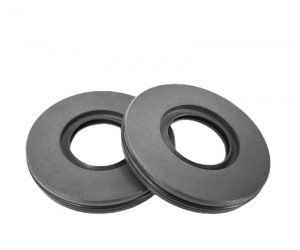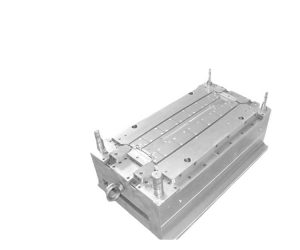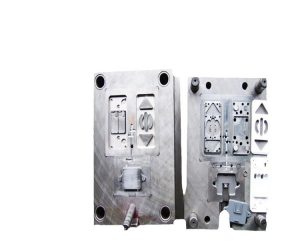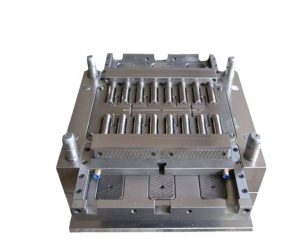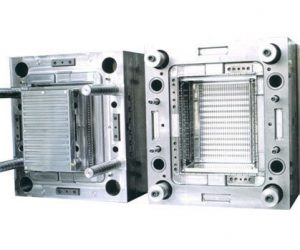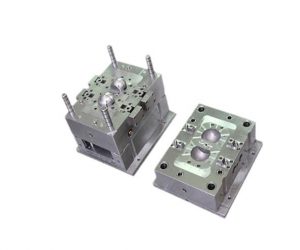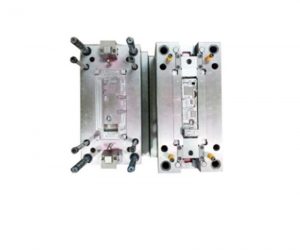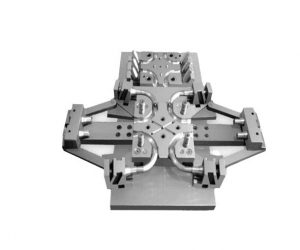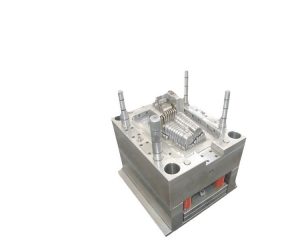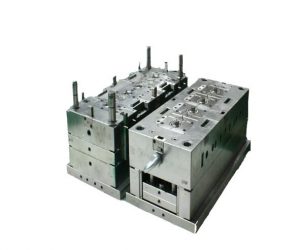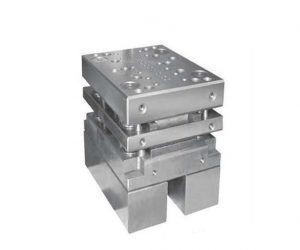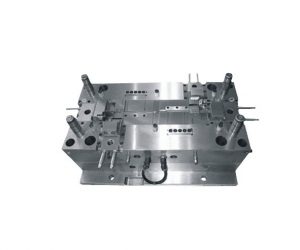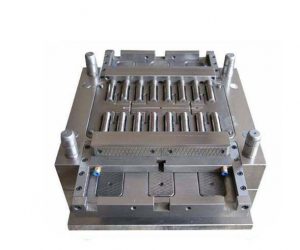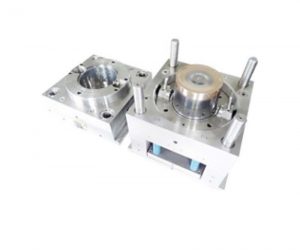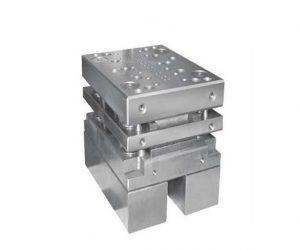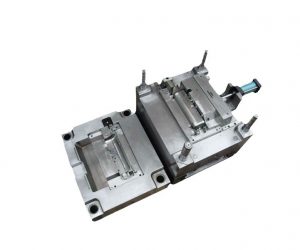Transparent defects in plastic molds, also known as "silver lines" or "matte surfaces," are common during the injection molding process. These defects result in blurry or frosted areas on the surface of the molded parts, affecting their transparency and aesthetics. There are several factors that may lead to transparency defects, and understanding the root cause is key to implementing effective solutions. Here are some common reasons and possible solutions:
Material moisture content:
Reason: High water content in plastic resin can cause evaporation during injection molding. When molten plastic reaches the mold cavity, trapped moisture may cause transparent defects.
Solution: Ensure that the plastic resin is thoroughly dried before processing. The use of dryers and humidity analyzers can help monitor and control the moisture content of materials.
Mold temperature too high:
Reason: Excessive mold temperature can cause premature solidification of molten plastic, resulting in insufficient discharge of air and gas. This trapped air may lead to transparent defects.
Solution: Adjust the mold temperature to ensure proper exhaust and prevent air entrapment. Appropriate exhaust design in the mold can also help release trapped gases.
Insufficient exhaust:
Reason: Insufficient exhaust in the mold can prevent trapped air and gas from escaping, resulting in transparent defects during cooling and curing processes.
Solution: Improve the exhaust design in the mold to allow trapped air and gas to escape. This can be achieved by adding exhaust slots or channels at appropriate locations.
Injection speed too fast:
Reason: Excessive injection speed can cause turbulence and trapped air in the molten plastic, resulting in transparent defects during cooling.
Solution: Optimize injection speed to prevent turbulence and minimize air entrapment. Properly balance the filling and packaging stages to avoid excessive shear stress.
Surface contamination of molds:
Reason: Pollutants such as release agents, grease, or residues from previous production operations may adhere to the surface of the mold, causing silver lines to appear on the molded parts.
Solution: Ensure that the mold surface is thoroughly cleaned and free of contaminants before each molding cycle. Implement appropriate mold maintenance and cleaning procedures.
Insufficient mold cooling:
Reason: Insufficient cooling of the mold can lead to uneven cooling of the molten plastic, resulting in changes in local transparency.
Solution: Optimize the cooling system design to ensure uniform cooling of the entire mold surface. Correctly place the cooling channel to achieve uniform cooling.
Material quality:
Reason: Low quality or contaminated plastic materials may cause transparent defects during the molding process.
Solution: Use high-quality plastic resin from reputable suppliers. Conduct material testing and quality inspection to ensure the purity and consistency of the resin.
By identifying and addressing the root cause, transparent defects in plastic molds can be reduced or eliminated. Implementing appropriate material handling, mold design, processing parameters, and maintenance practices will help achieve defect free transparent molded parts. Regular monitoring and process optimization will ensure consistent high-quality output.
Plastic molding is super important in making lots of things we use, like the cases for our phones. But sometimes, when companies try to make clear plastic stuff using materials like TPU or PC, they end up with shiny lines that aren't very pretty. So, what causes these issues and how can they be fixed?
The main reason behind these problems is stress during the molding process. When the plastic is being shaped, it creates stress that leads to cracks and other imperfections. This happens because the plastic molecules don't flow evenly.
Here are some ways to solve these issues:
- Get rid of air and other junk: Make sure the plastic is really dry before using it.
- Adjust temperatures: Lower the material temperature a bit, change how hot the barrel sections are, and make the mold a little warmer.
- Change injection settings: Increase the pressure and slow down how fast you inject the plastic.
- Tweak back pressure and screw speed: Depending on the situation, either increase or decrease the pre-molding back pressure and slow down the screw speed.
- Improve air removal: Make sure the air can escape properly from the mold and the flow channels.
- Clean up: Check and clean the nozzle, runner, and gate to prevent blockages.
- Shorten cycle time: Sometimes, making the whole process faster helps. Also, after taking the product out of the mold, you can heat treat it to fix any cracks. For polystyrene, keep it at 78°C for 15 minutes or 50°C for an hour. For polycarbonate, heat it to 160°C for a few minutes.
Most of these quality issues come from how the process is set up, the materials used, or how well the machines and molds are taken care of. To make really good plastic products, everything from the mold and equipment to the operator's skills and the workshop environment needs to be top-notch.
Transparent plastic products are in high demand in various industries, such as automotive, packaging, and consumer goods. However, the production of transparent plastic parts can be challenging due to the occurrence of defects, such as hazing, cloudiness, or discoloration. These defects can significantly impact the quality of the product and reduce its value. Here are the causes and solutions for transparent defects in plastic molds:
Causes of Transparent Defects in Plastic Moulds
- Poor Material Quality: The quality of the plastic material used to produce transparent parts plays a significant role in the appearance and transparency of the final product. Poor quality materials can lead to defects such as bubbles, discoloration, or hazing.
- Inconsistent Cooling: During the cooling process, if the temperature is not uniform or if the cooling rate is not consistent, it can cause uneven crystallization, leading to transparency defects in the plastic part.
- Improper Mold Design: Improper mold design can also cause transparent defects in plastic parts. Poor venting or inadequate cooling can lead to trapped air or excessive heat, which can result in defects such as hazing or discoloration.
Solutions for Transparent Defects in Plastic Moulds
- Use High-Quality Materials: Using high-quality plastic materials can reduce the occurrence of defects in transparent plastic parts. The selection of materials with a low level of impurities and uniform molecular structure can result in higher clarity and transparency in the final product.
- Uniform Cooling: Uniform cooling is essential to minimize transparency defects. Ensuring that the cooling process is consistent and evenly distributed can reduce the occurrence of crystallization and prevent hazing or cloudiness in the final product.
- Proper Mold Design: Proper mold design is crucial to achieving high-quality transparent parts. The mold design should incorporate adequate venting and cooling systems to prevent the formation of trapped air or excessive heat, which can cause defects.
- Maintenance and Cleaning: Regular maintenance and cleaning of the molds can also reduce the occurrence of transparency defects. This includes cleaning the molds to remove any debris or impurities that may affect the quality of the final product.
In conclusion, the occurrence of transparency defects in plastic molds can significantly impact the quality of the final product. However, by identifying the causes and implementing solutions such as using high-quality materials, uniform cooling, proper mold design, and regular maintenance and cleaning, manufacturers can produce high-quality transparent plastic parts that meet the desired specifications.
